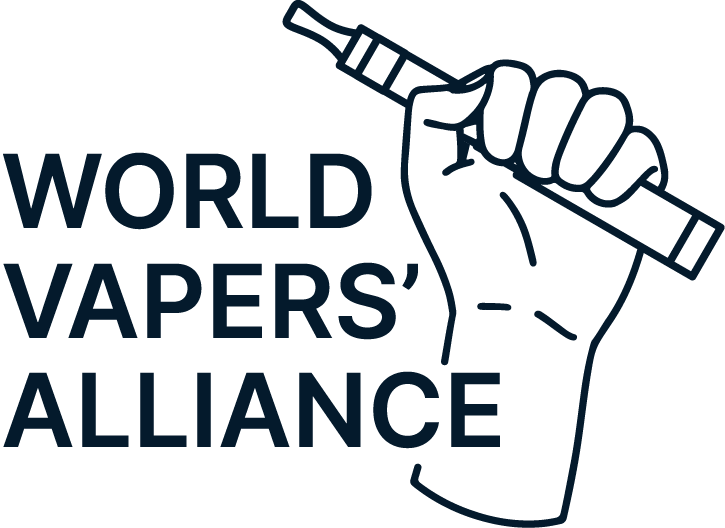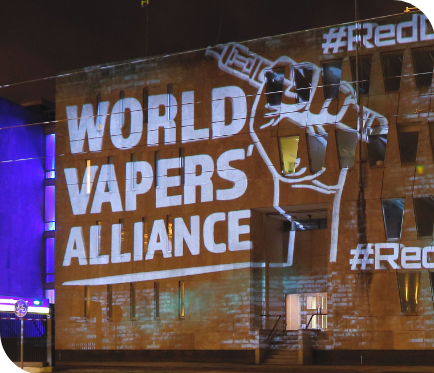Napisane przez Josepha Magero
Światowa Organizacja Zdrowia (WHO) zaleciła kompleksowy zestaw interwencji mających na celu zaprzestanie palenia tytoniu. Interwencje obejmują wsparcie behawioralne udzielane przez pracowników służby zdrowia, interwencje wspomagające rzucanie palenia za pomocą urządzeń cyfrowych oraz leczenie farmakologiczne opisane w pierwszych wytycznych dotyczących rzucania palenia.
WHO rekomenduje wareniklinę, nikotynową terapię zastępczą (NRT), bupropion i cytyzynę jako skuteczne metody leczenia rzucania palenia. Wytyczne te, choć stanowią przełomowy moment w zdrowiu publicznym, uwypuklają również poważne problemy z dostępnością cenową, z jakimi borykają się palacze w Afryce Subsaharyjskiej.
Kryzys dostępności w Afryce
Pomimo potencjalnych korzyści płynących z tych wytycznych, rzeczywistość dla 77 milionów dorosłych palaczy w Afryce Subsaharyjskiej jest ponura. Koszty zalecanych terapii pozostają horrendalnie wysokie dla większości populacji.
Według ostatnie badania, Średnia cena pełnej terapii NRT lub leków na receptę może przekraczać miesięczny dochód wielu afrykańskich gospodarstw domowych. Ta bariera finansowa praktycznie uniemożliwia milionom palaczy dostęp do skutecznych metod rzucania palenia.
Dysproporcje w dostępie do terapii rzucania palenia są jaskrawym przykładem szerszych nierówności zdrowotnych, które utrzymują się między krajami o wysokich i niskich dochodach. W wielu krajach afrykańskich systemy opieki zdrowotnej są już przeciążone, a zasoby na profilaktykę są ograniczone.
Wysokie koszty terapii wspomagających rzucanie palenia dodatkowo pogłębiają te problemy, pozbawiając wielu palaczy realnych możliwości rzucenia nałogu. Republika Południowej Afryki jest obecnie jedynym krajem w Afryce, który ma szczegółowe wytyczne dotyczące rzucania palenia.
Pominięcie kwestii ograniczania szkód w propozycjach zawartych w planie działania WHO dotyczącym rozwiązania kryzysu palenia jest zastanawiające. Większość krajów afrykańskich przeznacza minimalne – jeśli w ogóle jakiekolwiek – środki na kontrolę tytoniu. Jednak redukcja szkód wyrządzonych przez tytoń jest tanią interwencją dla rządów, ponieważ producenci ponoszą koszty badań i rozwoju, a konsumenci pokrywają koszty zakupu. Co więcej, bezpieczniejsze produkty nikotynowe nie tylko pomagają palaczom rzucić palenie, ale mogą również zapobiegać sięganiu po papierosy.








Jedna odpowiedź